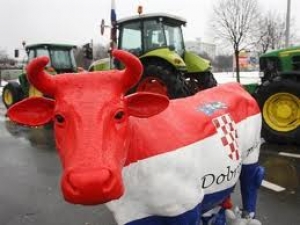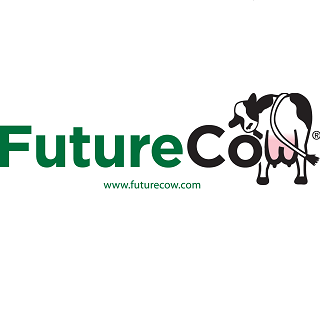World Markets

But unlike 2008 and 2009 input costs are rising, says the European Milk Board.
In Italy, for instance, when milk contracts expired at the end of March 2012 the market collapsed and the milk price plummeted to below the 30-cent mark. Farmers are now having to face significant price reductions of around 15 per cent for contracts with the Italian dairy industry for 2012.
In 2011 the average farm-gate price was still 40 to 41 cents for drinking milk and milk for the production of cream cheese. The price for traditional and quality products like Grana and Gorgonzola was 42 to 43 cents. Milk for the production of Parmigiano Reggiano cheese even fetched short-term peak prices of up to 70 cents.
In the Netherlands the situation on the open market is critical, owing to massive overproduction. Here it is currently very hard – if not impossible – for farmers to sell their milk. Spot-market prices of milk have fallen to between 21 and 24 cents. That is ten to twelve cents less than dairy farmers are still being paid by their co-operatives. However, the downward trend is more than clear for everyone.
The situation is similar in other European countries with prices crashing to below 30 cents as a result of huge production volumes. Average basic farm-gate prices for milk in France for instance dropped from 31-32 cents in March to 28 cents in April; in Belgium, to 28-29 cents in March and to 25 cents in April. In Germany the average farm-gate price was marginally above that at 31-32 cents.
And the main feature of the current situation in the Swiss dairy market is unprecedented record production, expected to be reflected by 3.5 per cent reduction in farm-gate prices in May. The European Milk Board believes the only way to shift the increased volume of milk is to dispose of it on the world market in the form of butter and milk powder. At present every producer must pay a contribution of some 0.8 cents a kilo for these dumping exports.
In addition to the downward trend in farm-gate prices there is an extremely difficult situation with increasing operating costs in many countries. In Italy, for instance, the prices of fuel and electrical energy have risen by 20 per cent. Soya has gone up by 22 per cent. As a result, the costs of producing one litre of milk in Italy are a whopping 45 cents. According to a recent study, in Ireland production costs rose by six cents per litre of milk between 2006 and 2011. In Germany, too, milk production costs have increased by about five cents since 2009.





















